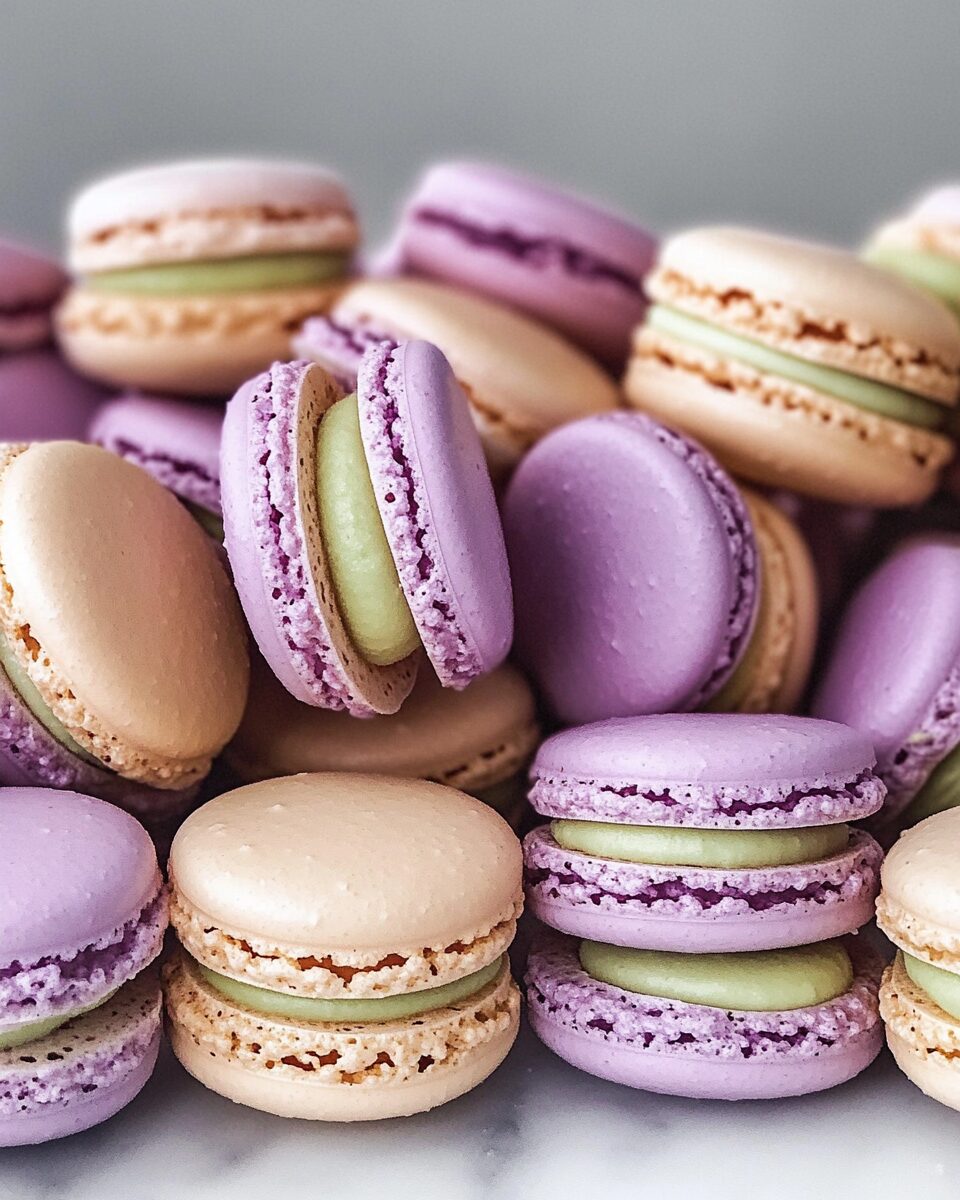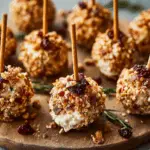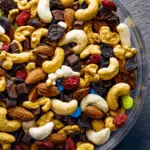French macarons are a delightful combination of crispy shell and chewy center, sandwiched together with a rich, creamy buttercream filling. Their delicate texture and exquisite flavor make them a beloved treat around the world. With their beautiful colors and endless filling options, macarons are perfect for special occasions, afternoon tea, or simply as a luxurious dessert.
Making macarons can seem intimidating, but with the right technique and a little practice, you’ll be whipping up these elegant cookies like a pro. The key is to achieve the perfect meringue and fold it gently with the almond flour mixture to create the right consistency. Whether you keep them classic with a simple vanilla buttercream or get creative with different flavors and colors, macarons are sure to impress and satisfy any sweet tooth.
Full Recipe:
- 1 cup powdered sugar
- 3/4 cup almond flour
- 2 large egg whites, room temperature
- 1/4 cup granulated sugar
- 1/2 teaspoon vanilla extract
- Food coloring (optional)
Buttercream Filling:
- 1/4 cup unsalted butter, softened
- 3/4 cup powdered sugar
- 1 teaspoon vanilla extract
- 1-2 tablespoons heavy cream
Directions:
- Preheat oven to 300°F (150°C) and line a baking sheet with parchment paper.
- Sift powdered sugar and almond flour together into a bowl to remove any lumps.
- In a separate bowl, beat egg whites until foamy, then gradually add granulated sugar while continuing to beat until stiff peaks form.
- Add vanilla extract and food coloring if desired. Gently fold in the sifted almond flour mixture until batter is smooth and flows like lava.
- Transfer the batter into a piping bag fitted with a round tip. Pipe small circles onto the prepared baking sheet, spacing them 1 inch apart.
- Tap the baking sheet firmly on the counter to release air bubbles. Let the macarons sit at room temperature for 30-60 minutes until a skin forms on the surface.
- Bake in the preheated oven for 15-18 minutes, or until the macarons can be easily lifted off the parchment paper.
- Let macarons cool completely on the baking sheet.
- For the filling, beat butter until creamy. Gradually add powdered sugar and vanilla extract, beating until light and fluffy. Add heavy cream as needed to reach the desired consistency.
- Pair macarons of similar size and pipe a small amount of buttercream onto one shell, then sandwich with another shell.
- Store macarons in an airtight container in the refrigerator for at least 24 hours before serving to allow flavors to develop.
Prep Time: 30 minutes | Cooking Time: 18 minutes | Total Time: 48 minutes
Kcal: 70 kcal (per macaron) | Servings: 20 macarons
About French Macarons
French macarons are a classic confection that has gained popularity worldwide due to their delicate texture, vibrant colors, and versatile flavors. Originating in France, these elegant pastries consist of two almond meringue shells filled with a variety of fillings, such as buttercream, ganache, or jam. Their crisp outer shell and soft, chewy interior create a delightful contrast in every bite.
A Brief History
The macaron’s history dates back to the 8th century in Italy, but it was Catherine de Medici who introduced them to France in the 16th century. The macaron as we know it today—with its signature sandwich design—was developed in the 19th century by the French pâtisserie Ladurée. Since then, macarons have become synonymous with French pâtisserie and are often associated with sophistication and luxury.
Tips for Making Perfect Macarons
- Room Temperature Egg Whites: Using room temperature egg whites helps to achieve a stable meringue. It also allows them to whip up to their full volume.
- Sift Your Dry Ingredients: Sifting the almond flour and powdered sugar ensures a smooth batter and a smooth macaron shell. This step is crucial to avoid lumps and achieve the classic shiny top.
- Macaronage Technique: The process of folding the almond flour mixture into the meringue is called macaronage. It’s essential to get the right consistency—not too runny and not too stiff. The batter should flow like lava, creating ribbons when lifted.
- Resting the Shells: Allow the piped macarons to rest until they form a skin on top. This step helps prevent cracking and creates the iconic “feet” during baking.
- Baking Time and Temperature: Every oven is different, so keep an eye on your macarons while baking. They should be firm and easily lift off the parchment paper once done.
Flavor Variations
One of the joys of making macarons is the endless flavor possibilities. While this recipe features a classic vanilla buttercream filling, you can experiment with different extracts, colors, and fillings. Here are a few ideas:
- Chocolate Macarons: Add cocoa powder to the shells and fill with chocolate ganache.
- Raspberry Macarons: Add freeze-dried raspberry powder to the shells and fill with raspberry jam or buttercream.
- Lemon Macarons: Incorporate lemon zest into the shells and fill with lemon curd or lemon buttercream.
- Pistachio Macarons: Mix finely ground pistachios with the almond flour and fill with pistachio buttercream.
Serving and Storing
Macarons are best enjoyed the day after they are made, as this allows the flavors to meld and the texture to develop. Store macarons in an airtight container in the refrigerator for up to a week. For longer storage, they can be frozen for up to a month. Before serving, bring them to room temperature to enjoy their full flavor.
Pairing Suggestions
Macarons are a versatile dessert that pairs beautifully with a variety of beverages. Here are some pairing ideas to enhance your macaron experience:
- Tea: Enjoy macarons with a cup of Earl Grey, jasmine, or green tea. The lightness of the tea complements the delicate texture of the macarons.
- Coffee: A strong espresso or cappuccino pairs well with the sweet and delicate flavors of macarons.
- Champagne: For a more sophisticated touch, serve macarons with a glass of champagne. The bubbles cleanse the palate and balance the sweetness.
Why Macarons Are Worth the Effort
While macarons may have a reputation for being difficult to make, they are definitely worth the effort. The process of mastering macarons can be incredibly rewarding. Once you’ve got the technique down, you can experiment with countless flavor combinations and colors to suit any occasion. Macarons are perfect for weddings, birthdays, or as an elegant homemade gift. They add a touch of elegance to any dessert table and are sure to impress your guests with their sophisticated appearance and delightful taste.
Troubleshooting Common Macaron Issues
Macarons can be tricky to master, and even seasoned bakers sometimes encounter problems. Here’s a deeper dive into some common issues and how to resolve them:
- Hollow Shells: Hollow macarons are usually caused by overmixing the batter or a baking temperature that’s too high. To avoid this, fold the batter until it flows like lava and bake at the recommended temperature. You might also want to experiment with different oven settings and rack positions to find what works best for your specific oven.
- No Feet: The “feet” are the ruffled edge at the base of a macaron, indicating that it has risen properly. If your macarons don’t develop feet, it could be due to under-whipped meringue, insufficient resting time, or an oven temperature that’s too low. Ensure the macarons are rested long enough to form a skin on top before baking.
- Cracked Shells: Cracking can be caused by excess moisture in the batter, not allowing the shells to rest long enough, or oven temperature fluctuations. Let the macarons dry until they no longer feel tacky to the touch before baking.
- Uneven Shape: If your macarons spread unevenly, it could be due to overmixing the batter or an uneven oven rack. Use a template under your parchment paper to pipe uniform circles and tap the baking sheet on the counter to release air bubbles.
- Sticky Bottoms: Macarons that stick to the parchment paper may not be fully baked. Check for doneness by gently lifting one macaron. If it comes off easily, they’re done. If they stick, return them to the oven for another minute or two.
Advanced Macaron Techniques
Once you’ve mastered the basic macaron recipe, you can experiment with more advanced techniques to elevate your macarons:
- Marbling: To create a marbled effect on the shells, divide your batter and add different food coloring to each part. Pour the colored batters into the piping bag side by side and pipe as usual. The colors will swirl together, creating a beautiful marbled effect.
- Sprinkles and Decorations: Before baking, lightly sprinkle the shells with decorations like edible glitter, sprinkles, or crushed nuts. This not only adds texture and visual appeal but can also enhance the flavor.
- Flavor Infusions: Add depth to your macarons by infusing flavors into the shells. For example, add finely ground lavender, matcha powder, or espresso powder to the almond flour mixture. Remember to use only a small amount to avoid affecting the macaron’s texture.
Filling Options for Macarons
The filling is where you can get really creative with macarons. Here are some popular options and how to make them:
- Ganache: A classic chocolate ganache can be made by melting chocolate and mixing it with heated heavy cream. You can use dark, milk, or white chocolate and flavor it with extracts, spices, or liqueurs.
- Fruit Jams and Curds: Fill your macarons with a tangy lemon curd, raspberry jam, or any other fruit preserve. These fillings add a burst of flavor and complement the sweet macaron shells perfectly.
- Cream Cheese Filling: Mix cream cheese with powdered sugar and a dash of vanilla extract for a rich, tangy filling. This pairs especially well with flavors like red velvet or carrot cake-inspired macarons.
- Salted Caramel: Make a salted caramel filling by simmering sugar until it caramelizes, then adding butter, cream, and salt. Once cooled, this decadent filling adds a sweet and salty contrast to the macarons.
Macarons Around the World
While French macarons are the most well-known, there are variations of macarons and similar cookies found worldwide:
- Italian Macarons: Italian macarons are made using the Italian meringue method, where hot sugar syrup is added to whipped egg whites. This technique creates a more stable batter and is often used in professional bakeries.
- Swiss Macarons: Swiss macarons use the Swiss meringue method, where egg whites and sugar are heated together before being whipped. This method is less common but produces a glossy, stable meringue.
- Macaroons: Often confused with macarons, macaroons are a different cookie made with shredded coconut and sometimes almond paste. They are chewy, sweet, and typically dipped in chocolate.
Cultural Significance and Occasions
Macarons have become synonymous with French culture and are often associated with elegance and celebration. They are commonly served at weddings, baby showers, and high tea parties. In Paris, visiting famous pâtisseries like Ladurée or Pierre Hermé to taste their renowned macarons is a must for food lovers.
In recent years, macarons have also become a popular gift item, often packaged in beautiful boxes. Their vibrant colors and delicate nature make them a symbol of luxury and care. Macarons are also celebrated on “Jour du Macaron” (Macaron Day), an annual event where pâtisseries offer free macarons and raise funds for charity.
Macaron Making for Special Diets
While traditional macarons are made with almond flour, they can be adapted for various dietary needs:
- Gluten-Free: Macarons are naturally gluten-free as they are made with almond flour instead of wheat flour. However, always ensure your ingredients (like fillings) are gluten-free if serving someone with celiac disease.
- Vegan Macarons: Vegan macarons can be made by substituting egg whites with aquafaba (the liquid from a can of chickpeas). This alternative meringue can create a similar texture, though achieving the same consistency as traditional macarons can be more challenging.
Storing and Shipping Macarons
Macarons are delicate and need to be stored properly to maintain their texture:
- Refrigeration: After filling, store macarons in an airtight container in the refrigerator for at least 24 hours. This resting period, known as “maturation,” allows the flavors to meld and the shells to soften slightly from the filling.
- Freezing: Macarons can be frozen for up to a month. Place them in an airtight container, separating layers with parchment paper to prevent sticking.
- Shipping: If you want to ship macarons, ensure they are fully matured and chilled before packing. Use a sturdy box and wrap each macaron individually or place them in a container with dividers to prevent movement and damage during transit.
Fun Facts About Macarons
- Macaron vs. Macaroon: Despite the similar names, macarons and macaroons are different cookies. Macarons are French almond meringue cookies, while macaroons are chewy coconut cookies.
- High Altitude Baking: Macarons can be sensitive to changes in altitude. If you’re baking at a high altitude, you may need to adjust the baking time and temperature to prevent overexpansion.
- Customizable Designs: Macarons can be piped into various shapes and designs, such as hearts for Valentine’s Day or themed decorations for holidays.
Conclusion
French macarons are a delightful and elegant treat that combines a crisp, delicate shell with a variety of rich fillings. While they may seem challenging to make, with the right techniques and a bit of practice, anyone can master these exquisite confections. Whether enjoyed with a cup of tea, given as a luxurious gift, or served at special occasions, macarons are sure to impress with their vibrant colors, endless flavor possibilities, and sophisticated charm.






